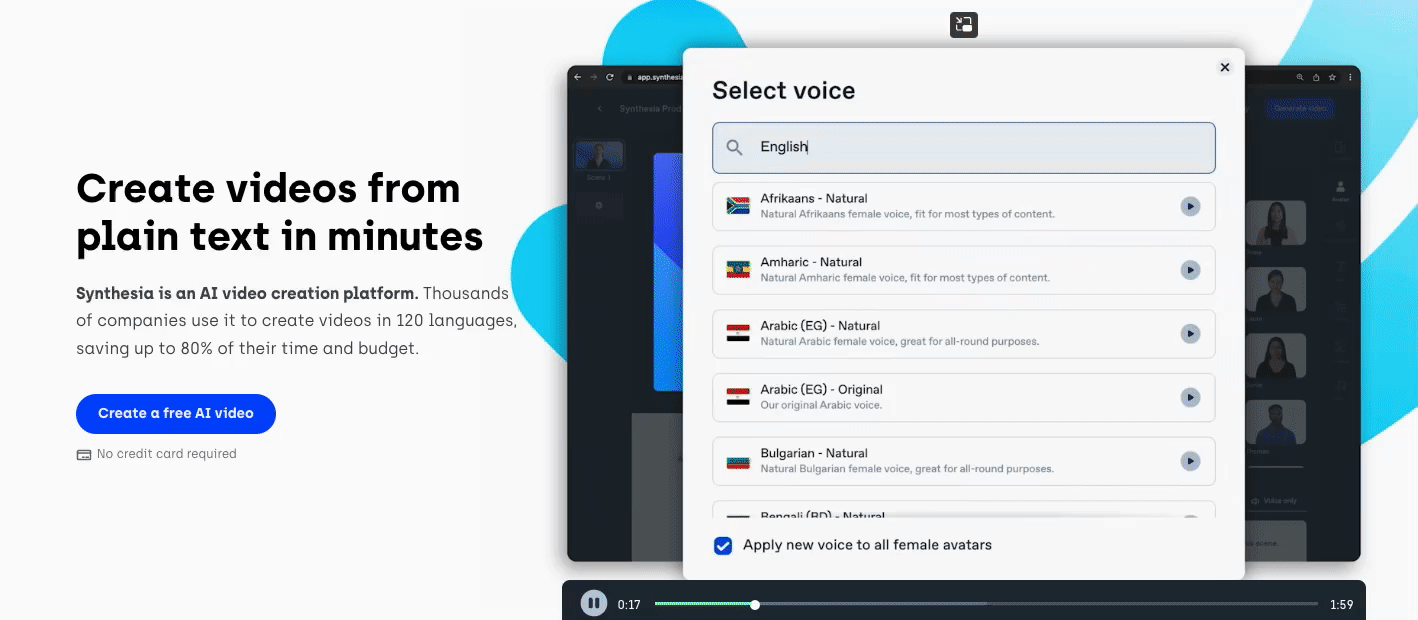 Technology peripherals
Technology peripherals
 AI
AI
 Eight AI tools allow you to easily increase your work efficiency by 10 times
Eight AI tools allow you to easily increase your work efficiency by 10 times
Eight AI tools allow you to easily increase your work efficiency by 10 times
With the development of Internet technology and artificial intelligence, more and more content creators are beginning to use various AI tools to improve creation efficiency and quality. This article will introduce the 8 most popular AI tools, which can help you easily achieve a 10-fold efficiency improvement, allowing you to complete content creation tasks faster while ensuring the high quality and creativity of the content.
Chatsonic
A chatbot similar to chatgpt, with real-time data, images, voice search and other functions.
An AI chatbot specially designed for content creators to increase your productivity.

Website: https://writesonic.com/chat
Midjourney
A powered by artificial intelligence A system that creates images based on prompts entered by the user.

Website: https://midjourney.com/
Synthesia
Go from pure Create professional videos from text.






The above is the detailed content of Eight AI tools allow you to easily increase your work efficiency by 10 times. For more information, please follow other related articles on the PHP Chinese website!

Hot AI Tools

Undresser.AI Undress
AI-powered app for creating realistic nude photos

AI Clothes Remover
Online AI tool for removing clothes from photos.

Undress AI Tool
Undress images for free

Clothoff.io
AI clothes remover

AI Hentai Generator
Generate AI Hentai for free.

Hot Article

Hot Tools

Notepad++7.3.1
Easy-to-use and free code editor

SublimeText3 Chinese version
Chinese version, very easy to use

Zend Studio 13.0.1
Powerful PHP integrated development environment

Dreamweaver CS6
Visual web development tools

SublimeText3 Mac version
God-level code editing software (SublimeText3)

Hot Topics
 How to create a React application with pnpm instead of npm?
Apr 04, 2025 pm 06:45 PM
How to create a React application with pnpm instead of npm?
Apr 04, 2025 pm 06:45 PM
About using pnpm instead of npm to create a React application using npx...
 What are the reasons and solutions for the server file that cannot be downloaded after sftp.json configuration?
Apr 04, 2025 pm 06:54 PM
What are the reasons and solutions for the server file that cannot be downloaded after sftp.json configuration?
Apr 04, 2025 pm 06:54 PM
Solution to the problem that the server file cannot be downloaded after SFTP.json configuration After configuring the sftp.json file, users may encounter the inability to download the target server file...
 Integers in C: a little history
Apr 04, 2025 am 06:09 AM
Integers in C: a little history
Apr 04, 2025 am 06:09 AM
Integers are the most basic data type in programming and can be regarded as the cornerstone of programming. The job of a programmer is to give these numbers meanings. No matter how complex the software is, it ultimately comes down to integer operations, because the processor only understands integers. To represent negative numbers, we introduced two's complement; to represent decimal numbers, we created scientific notation, so there are floating-point numbers. But in the final analysis, everything is still inseparable from 0 and 1. A brief history of integers In C, int is almost the default type. Although the compiler may issue a warning, in many cases you can still write code like this: main(void){return0;} From a technical point of view, this is equivalent to the following code: intmain(void){return0;}
 What does the return value of the C language function mean? What decides?
Apr 04, 2025 am 06:33 AM
What does the return value of the C language function mean? What decides?
Apr 04, 2025 am 06:33 AM
C language function return value: The data returned to the calling code after the function is executed, and the type is determined by the function definition. 1. The return type is determined by the specification in the function declaration; 2. The function execution result is sent through the return value channel; 3. The return type must match the return type of the return statement; 4. Forgot or wrongly set the return value type, or not using the return statement will cause errors; 5. The return value type should be clear and clear to improve the readability and maintainability of the code.
 What does the return value of 56 or 65 mean by C language function?
Apr 04, 2025 am 06:15 AM
What does the return value of 56 or 65 mean by C language function?
Apr 04, 2025 am 06:15 AM
When a C function returns 56 or 65, it indicates a specific event. These numerical meanings are defined by the function developer and may indicate success, file not found, or read errors. Replace these "magic numbers" with enumerations or macro definitions can improve readability and maintainability, such as: READ_SUCCESS, FILE_NOT_FOUND, and READ_ERROR.
 What determines the return value type of C language function?
Apr 04, 2025 am 06:42 AM
What determines the return value type of C language function?
Apr 04, 2025 am 06:42 AM
The return value type of the function is determined by the return type specified when the function is defined. Common types include int, float, char, and void (indicating that no value is returned). The return value type must be consistent with the actual returned value in the function body, otherwise it will cause compiler errors or unpredictable behavior. When returning a pointer, you must make sure that the pointer points to valid memory, otherwise it may cause a segfault. When dealing with return value types, error handling and resource release (such as dynamically allocated memory) need to be considered to write robust and reliable code.
 Love symbol c Love beating code sharing
Apr 04, 2025 am 07:00 AM
Love symbol c Love beating code sharing
Apr 04, 2025 am 07:00 AM
Use C code to draw the beating love, constantly change the size and position of the heart through loops, and clear the screen with ClearDevice(), so that the love can simulate the beating effect. The EasyX graphics library is used to control changes using sinusoidal functions to simulate jumps, but it is necessary to reduce the number of calls to ClearDevice() and set the delay parameters reasonably. This code can be used as a basis and is further improved by customizing colors, special effects and rotations. At the same time, it emphasizes the pleasure of code readability, maintainability and programming.
 Loop in C: A simple guide with examples
Apr 04, 2025 am 09:45 AM
Loop in C: A simple guide with examples
Apr 04, 2025 am 09:45 AM
Loops are an indispensable tool in programming, which allows us to execute a piece of code repeatedly. They can perform a variety of tasks, from simple calculations to complex data processing. In c programming, we have three main loop types: for, while, and do-while. Let's explore them with examples. For loop is the default choice when we know exactly how many times a piece of code is to be repeated. It's like setting a timer for our code to run a specific number of times. //syntaxfor(initialization; condition;increment/decrement){//codetobeexecutedineacher





